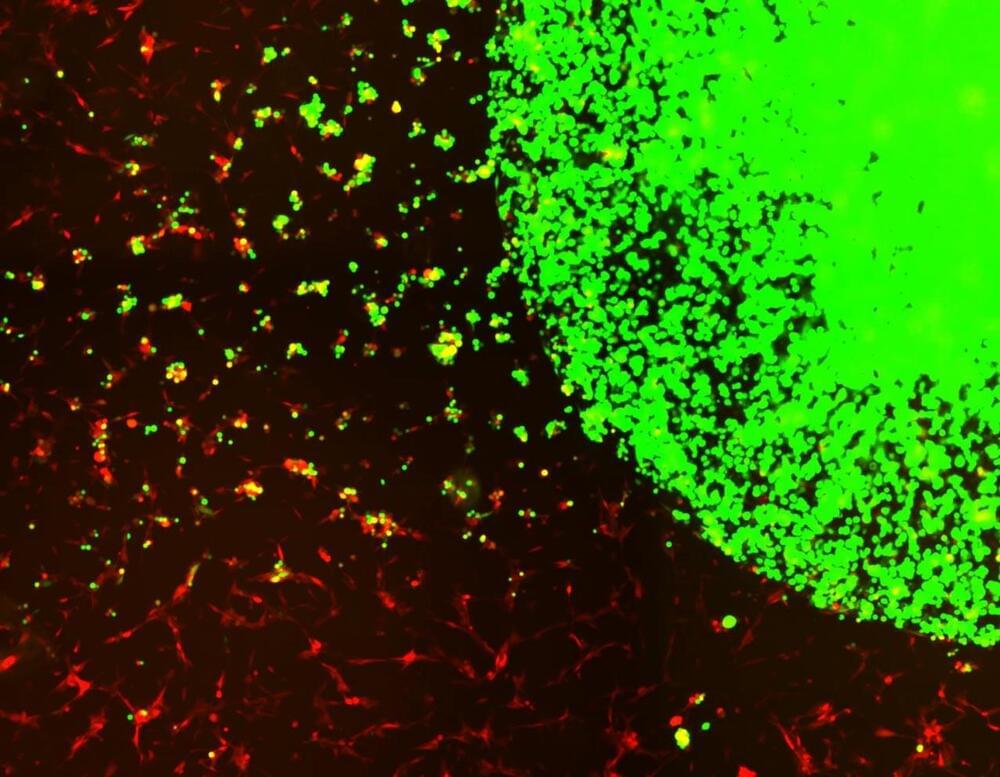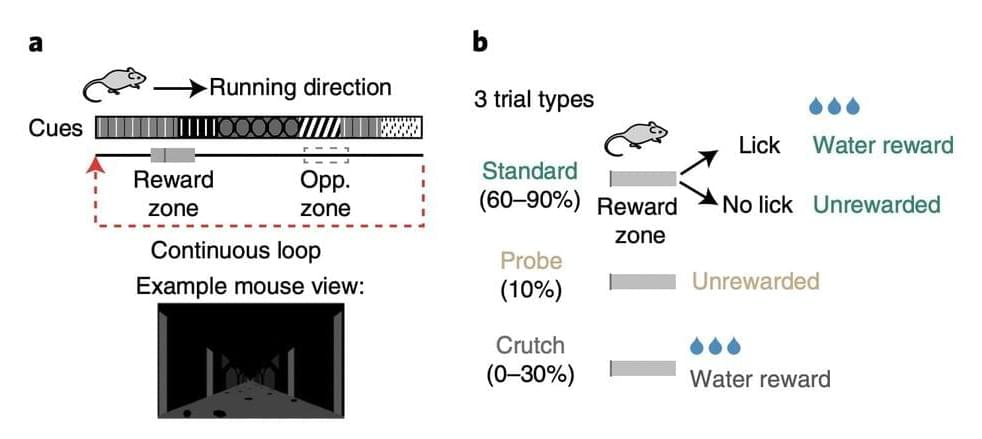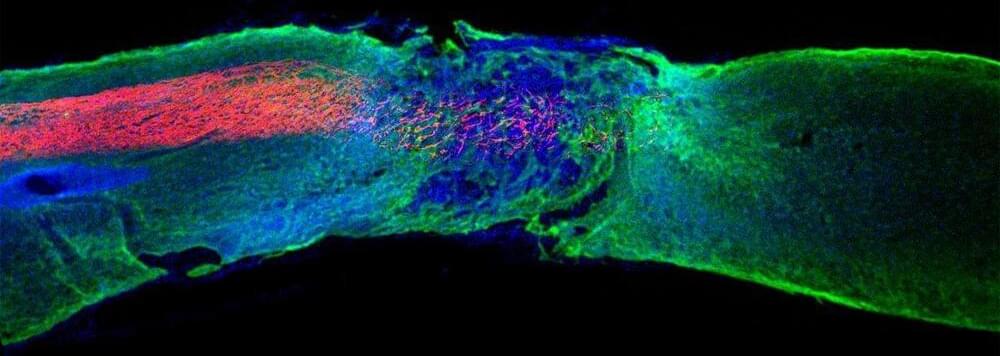Canada’s government said it would ban the use of the two Chinese telecommunications giants’ 5G gear due to national security concerns. The move follows similar bans in other Western countries.



Investigators uncovered a diagnostic method to identify receptors on cancer cells in the blood, then engineered a cell-based therapy to target and kill tumor cells in the brain, paving the way to clinical testing.
Glioblastomas (GBMs) are highly aggressive cancerous tumors of the brain and spinal cord. Brain cancers like GBM are challenging to treat because many cancer therapeutics cannot pass through the blood-brain barrier, and more than 90% of GBM tumors return after being surgically removed, despite surgery and subsequent chemo-and radiation therapy being the most successful way to treat the disease. In a new study led by investigators at Brigham and Women’s Hospital and Harvard Medical School, scientists devised a novel therapeutic strategy for treating GBMs post-surgery by using stem cells taken from healthy donors engineered to attack GBM-specific tumor cells. This strategy demonstrated profound efficacy in preclinical models of GBM, with 100 percent of mice living over 90 days after treatment. Results will be published today (May 19, 2022) in the journal Nature Communications.
“This is the first study to our knowledge that identifies target receptors on tumor cells prior to initiating therapy, and using biodegradable, gel-encapsulated, ‘off-the-shelf’ engineered stem cell based therapy after GBM tumor surgery,” said Khalid Shah, MS, PhD, director of the Center for Stem Cell and Translational Immunotherapy (CSTI) and the vice chair of research in the Department of Neurosurgery at the Brigham and faculty at Harvard Medical School and Harvard Stem Cell Institute (HSCI).

The hippocampus is a region of the brain known to the associated with memory, learning, spatial navigation and emotion. In 1971, neuroscientists discovered that the hippocampus influences spatial navigation through the formation of a series of “spatial codes,” which encode characteristics related to an animal or human’s surrounding environment, including sensory cues and where rewards are located.
These codes are encoded by a type of neurons known as “place cells,” which were found to become active when an animal is entering a specific place or location in its environment. Together, place cells in the hippocampus form representations of the places that animals are navigating, also known as cognitive maps.
Since place cells were first uncovered, numerous teams worldwide have been conducting studies aimed at better understanding their function and how they encode spatial information. While there is now a large body of research focusing on place cells, some of the factors influencing their functioning are still poorly understood.


Anyone waiting for a sociopath to grow up or calm down should give up; they will not change, a new study has revealed.
The research, published in the International Journal of Offender Therapy and Comparative Criminology, surveyed more than 1,200 partners, family members and friends of psychopaths—93% reported they were just as bad, or worse, as they got older.
Co-author Professor Martin Sellbom, of the University of Otago’s Department of Psychology, says the research focused on people with antisocial personality disorder/psychopathy who were aged over 50.

During a high-level talk on NASA’s objectives for human space exploration, we got an early glimpse of what a 30 day crewed mission to the surface of Mars could eventually look like.
It’s an exciting prospect that, while many years if not decades away, shows the agency’s commitment to fulfilling humanity’s dreams of setting foot on the Red Planet for the first time in history.
NASA director of space architectures Kurt “Spuds” Vogel outlined what such a mission could entail. The agency is envisioning a habitat spacecraft to make the months long journey there, which uses a hybrid rocket stage that combines chemical and electric propulsion.

We should really be looking to nuclear power FAR more than we have been. Until fusion finally comes of age anyway. It’s one of the most annoyingly counterproductive issue with many environmentalists I tend to have.
Extreme temperatures and ongoing drought could cause the power grid to buckle across vast areas of the country this summer, potentially leading to electricity shortages and blackouts, a US power grid regulator said Wednesday.
NERC, a regulating authority that oversees the health of the nation’s electrical infrastructure, says in its 2022 Summer Reliability Assessment that extreme temperatures and ongoing drought could cause the power grid to buckle. High temperatures, the agency warns, will cause the demand for electricity to rise. Meanwhile, drought conditions will lower the amount of power available to meet that demand.
“Industry prepares its equipment and operators for challenging summer conditions. Persistent, extreme drought and its accompanying weather patterns, however, are out of the ordinary and tend to create extra stresses on electricity supply and demand,” said Mark Olson, NERC’s manager of Reliability Assessments.


A Massachusetts resident has tested positive for monkeypox, health officials confirmed Wednesday, making it the first case of the rare virus detected in the United States this year.
According to a release from the Massachusetts Department of Public Health, the patient is an adult male who recently traveled to Canada. The department completed initial testing Tuesday and was confirmed by the Centers for Disease Control and Prevention.
“The case poses no risk to the public, and the individual is hospitalized and in good condition,” MDPH stated in a press release. “DPH is working closely with the CDC, relevant local boards of health, and the patient’s health care providers to identify individuals who may have been in contact with the patient while he was infectious.”
